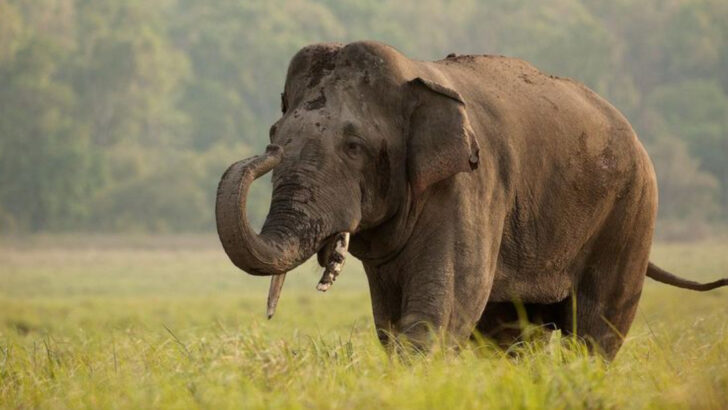Purring isn’t just for cats—and once you hear a cheetah do it, you’ll never think of it the same way again. That soft, rumbling sound we associate with sleepy house cats? It shows up in some pretty unexpected places. We’re talking elephants, raccoons, even lemurs—each with their own spin on the classic feline hum. Some purr to bond. Others do it to self-soothe or signal contentment. And a few just seem to like the sound of their own vibration. These seven animals prove purring is a lot more widespread—and a lot more fascinating—than most people realize. Ready to meet the creatures that rumble, hum, and buzz with life? Let’s go beyond the cat bowl.
Cheetahs
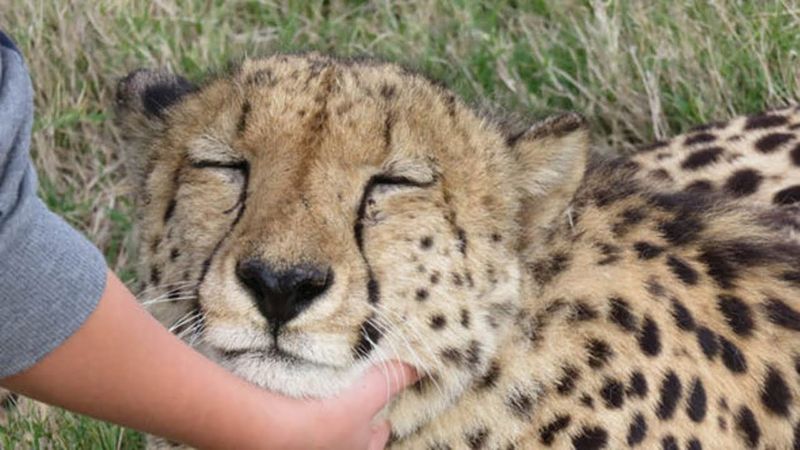
Cheetahs, known for their incredible speed, also produce a melodic purr. This sound usually emerges during moments of rest or grooming, offering a glimpse into their softer side. Unlike the roar of lions or tigers, a cheetah’s purr is consistent during both inhaling and exhaling.
Often seen basking under the African sun, these majestic creatures use their purr as a means of communication, signaling contentment among family members. It’s a soothing sound that resonates across the savannah, harmonizing with the rustle of leaves. Their purr serves as a gentle reminder of the cheetah’s complex social interactions.
Raccoons
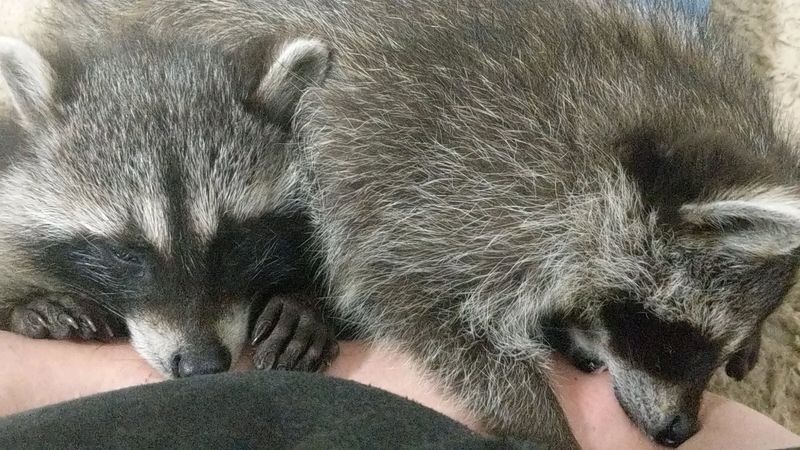
Raccoons, often perceived as mischievous bandits of the night, have a softer side. When domesticated or socialized, these creatures emit a gentle purr-like sound, especially during feeding or while being petted. This behavior is not only endearing but highlights their adaptability to interactions with humans.
In a quiet moment, the purr of a raccoon can be surprisingly soothing, echoing the tender nature of these often misunderstood animals. Their purring serves as a testament to their emotional range, revealing a facet of raccoons that many overlook.
Guinea Pigs

Guinea pigs, those delightful little companions, are known for their expressive vocalizations. Among these sounds is a distinctive purr, often heard when they are being gently petted. However, not all purrs signify happiness; the context and pitch can indicate annoyance too.
These small rodents have a vibrant repertoire of sounds to communicate their emotional states. Their purring is a multifaceted expression, ranging from joy to mild displeasure. Understanding the nuances of a guinea pig’s purr adds depth to the relationship between pet and owner.
Elephants
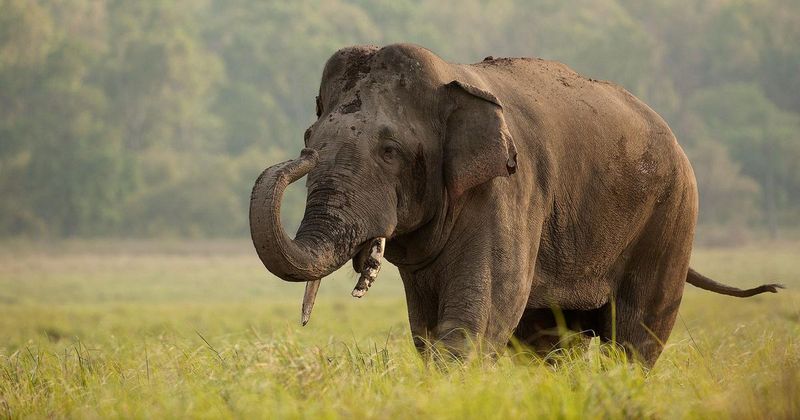
Elephants, majestic giants of the animal kingdom, have an extraordinary way of communicating. Among their varied vocalizations, elephants produce a low-frequency rumble akin to a purr. This sound plays an essential role in bonding and long-distance communication within herds.
In the vast landscapes they inhabit, an elephant’s rumble can travel miles, connecting separated family members. This deep purr is as much about togetherness as it is about survival. Each rumble carries a wealth of information, reflecting the intelligence and social complexity of these remarkable animals.
Gorillas
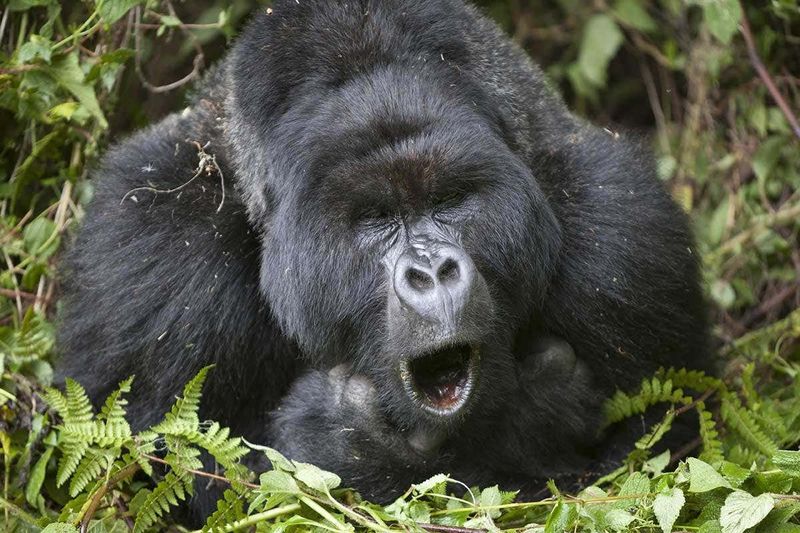
Amid the dense tropical forests, gorillas share a unique communication method akin to purring. These gentle giants produce a humming sound during feeding or social bonding, which researchers often describe as a ‘chorus of satisfaction.’
This vocalization is part of the rich tapestry of gorilla communication, emphasizing their social nature. It serves to strengthen bonds within their family groups. Observing a gorilla’s purring hum, one can’t help but feel a connection to their world, where sound is a significant aspect of life.
Alpacas
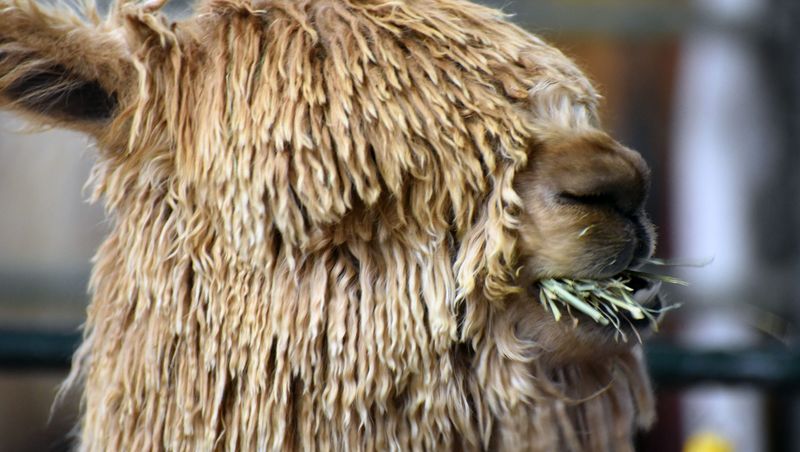
Alpacas, with their soft fleece and gentle demeanor, exhibit a range of vocal behaviors. Among these, a soft, gentle purr can be heard when they are feeling relaxed. This soothing sound often accompanies moments of rest or gentle grooming.
Their purring is a part of their expressive communication, revealing their contentment and social nature. Alpacas use such sounds to interact within their herds, showcasing a beautiful aspect of their personality. An alpaca’s purr is a testament to their peaceful existence.
Ring-tailed Lemurs
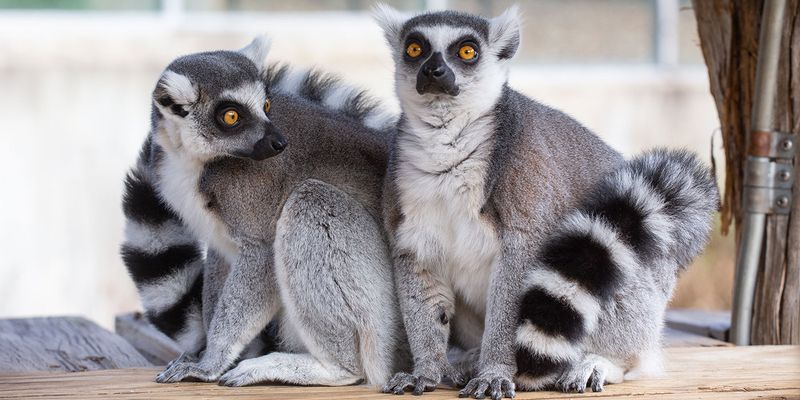
Ring-tailed lemurs, with their striking tails, are known for their social interactions. During grooming sessions, they produce a gentle purring sound, a behavior believed to reinforce social bonds within the group.
The lemur’s purr is a subtle yet significant part of its social repertoire, fostering unity and cooperation. In the wilds of Madagascar, their purring weaves into the natural symphony of the forest, underlining their intricate social structure. These sounds remind us of the complex lives led by these fascinating primates.

